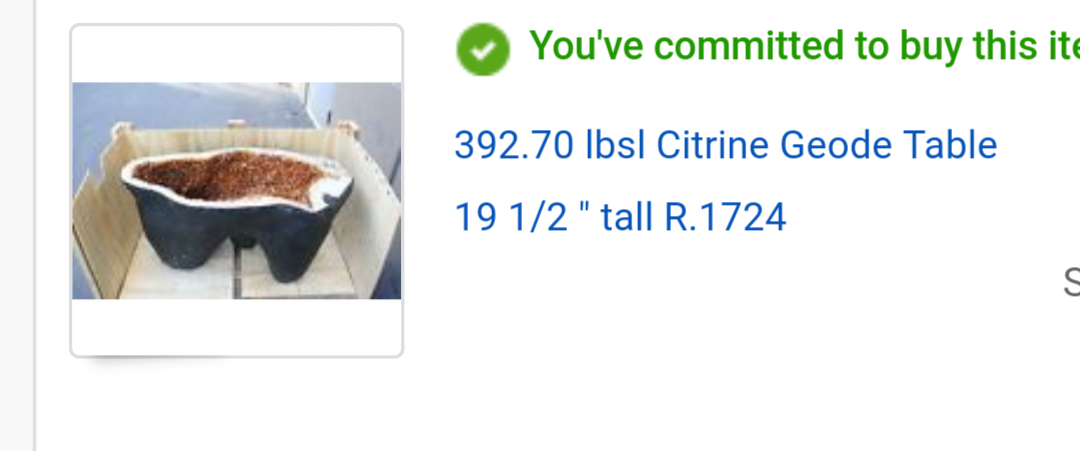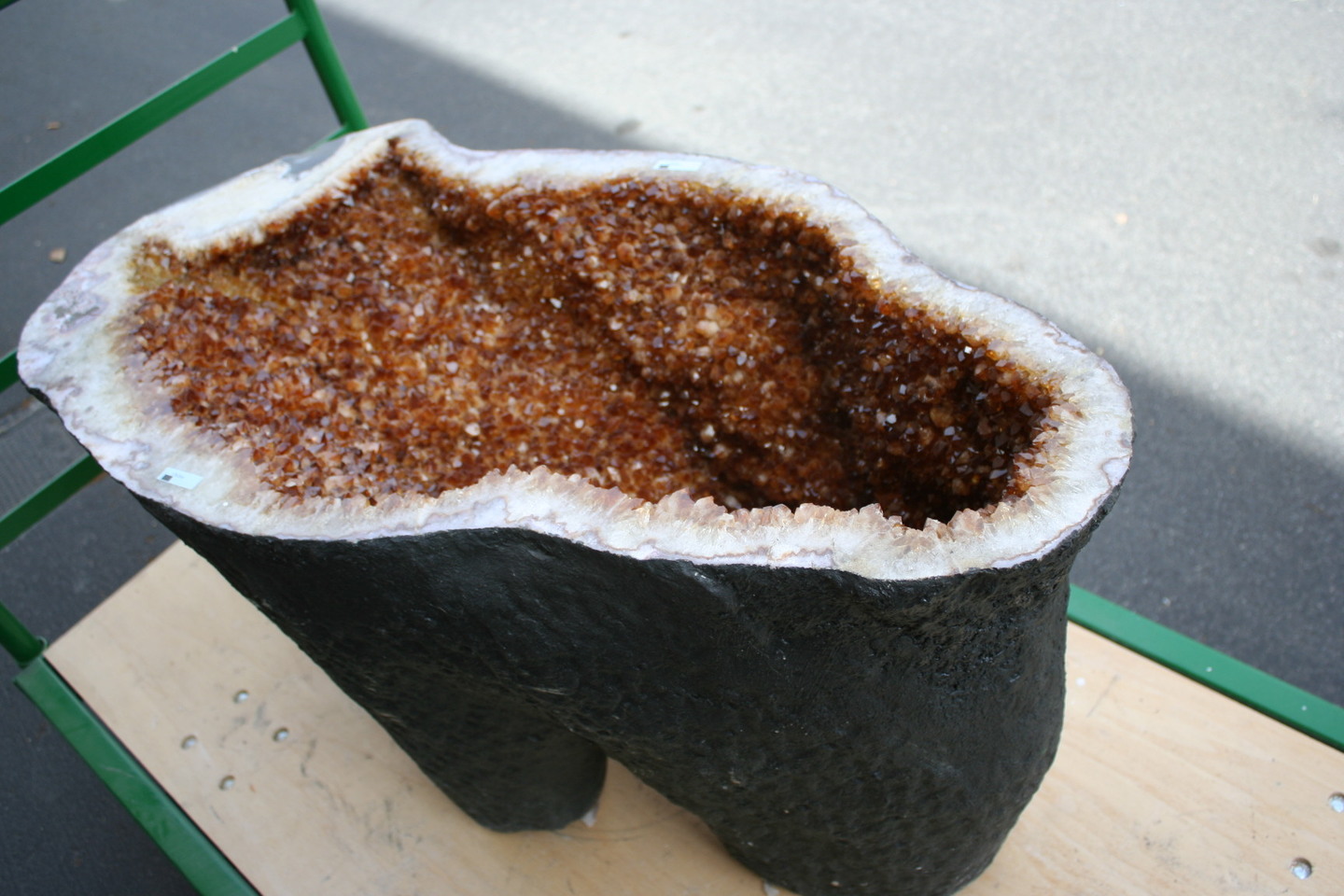Home PageAbout MindatThe Mindat ManualHistory of MindatCopyright StatusWho We AreContact UsAdvertise on Mindat
Donate to MindatCorporate SponsorshipSponsor a PageSponsored PagesMindat AdvertisersAdvertise on Mindat
Learning CenterWhat is a mineral?The most common minerals on earthInformation for EducatorsMindat ArticlesThe ElementsThe Rock H. Currier Digital LibraryGeologic Time
Minerals by PropertiesMinerals by ChemistryAdvanced Locality SearchRandom MineralRandom LocalitySearch by minIDLocalities Near MeSearch ArticlesSearch GlossaryMore Search Options
The Mindat ManualAdd a New PhotoRate PhotosLocality Edit ReportCoordinate Completion ReportAdd Glossary Item
Mining CompaniesStatisticsUsersMineral MuseumsClubs & OrganizationsMineral Shows & EventsThe Mindat DirectoryDevice SettingsThe Mineral Quiz
Photo SearchPhoto GalleriesSearch by ColorNew Photos TodayNew Photos YesterdayMembers' Photo GalleriesPast Photo of the Day GalleryPhotography
╳Discussions
💬 Home🔎 Search📅 LatestGroups
EducationOpen discussion area.Fakes & FraudsOpen discussion area.Field CollectingOpen discussion area.FossilsOpen discussion area.Gems and GemologyOpen discussion area.GeneralOpen discussion area.How to ContributeOpen discussion area.Identity HelpOpen discussion area.Improving Mindat.orgOpen discussion area.LocalitiesOpen discussion area.Lost and Stolen SpecimensOpen discussion area.MarketplaceOpen discussion area.MeteoritesOpen discussion area.Mindat ProductsOpen discussion area.Mineral ExchangesOpen discussion area.Mineral PhotographyOpen discussion area.Mineral ShowsOpen discussion area.Mineralogical ClassificationOpen discussion area.Mineralogy CourseOpen discussion area.MineralsOpen discussion area.Minerals and MuseumsOpen discussion area.PhotosOpen discussion area.Techniques for CollectorsOpen discussion area.The Rock H. Currier Digital LibraryOpen discussion area.UV MineralsOpen discussion area.Recent Images in Discussions
Identity HelpCitrine Table Appraisal - is it citrine?

24th Feb 2017 19:39 UTCThalia Castillo

24th Feb 2017 20:01 UTCAlfredo Petrov Manager
As you've already "committed to buy", according to your screen shot, it would seem to be a bit late to be asking about value ;-)

24th Feb 2017 20:23 UTCThalia Castillo

24th Feb 2017 20:30 UTCBob Harman
24th Feb 2017 21:46 UTCOwen Lewis
As gems go, citrine is amongst the cheaper stones and yellow-orange is preferred to to orangeish-brown. For myself, I would prefer to have an amethyst to a citrine any day - but that's just me...

24th Feb 2017 22:16 UTCAlfred L. Ostrander
As to being a fake, as noted it is heat treated amethyst. The original amethyst is natural. You should also be aware that you are probably paying $10.00 to $25.00 for some concrete. The three legs are most likely partially to mostly concrete. That is why it sits level at 19 1/2 ". To hide the concrete, a black or green layer of some kind of mixture is applied to cover the whole thing. No telling what the original shape of the geode was and how much concrete added to get those nice three legs.
If this is a table, is the top included and is it appropriate safety glass or will it break easily and nastily? Just sayin'!
Caveat Emptor. But if you really like it and negotiate a good price, well, go for it!

26th Feb 2017 00:39 UTCThalia Castillo




Mindat.org is an outreach project of the Hudson Institute of Mineralogy, a 501(c)(3) not-for-profit organization.
Copyright © mindat.org and the Hudson Institute of Mineralogy 1993-2024, except where stated. Most political location boundaries are © OpenStreetMap contributors. Mindat.org relies on the contributions of thousands of members and supporters. Founded in 2000 by Jolyon Ralph.
Privacy Policy - Terms & Conditions - Contact Us / DMCA issues - Report a bug/vulnerability Current server date and time: April 19, 2024 23:04:11
Copyright © mindat.org and the Hudson Institute of Mineralogy 1993-2024, except where stated. Most political location boundaries are © OpenStreetMap contributors. Mindat.org relies on the contributions of thousands of members and supporters. Founded in 2000 by Jolyon Ralph.
Privacy Policy - Terms & Conditions - Contact Us / DMCA issues - Report a bug/vulnerability Current server date and time: April 19, 2024 23:04:11














